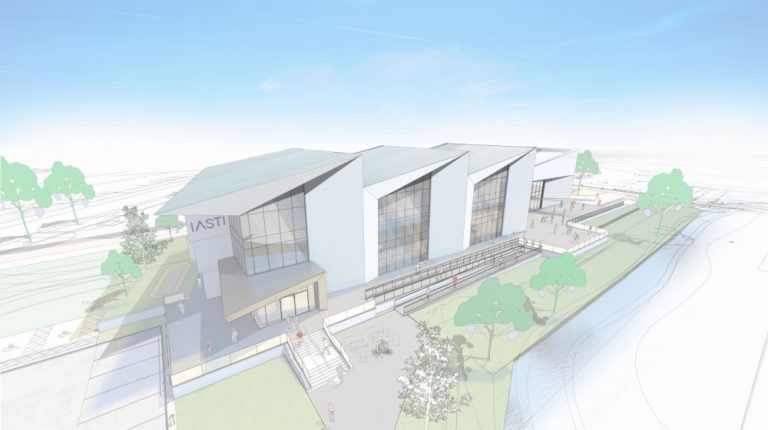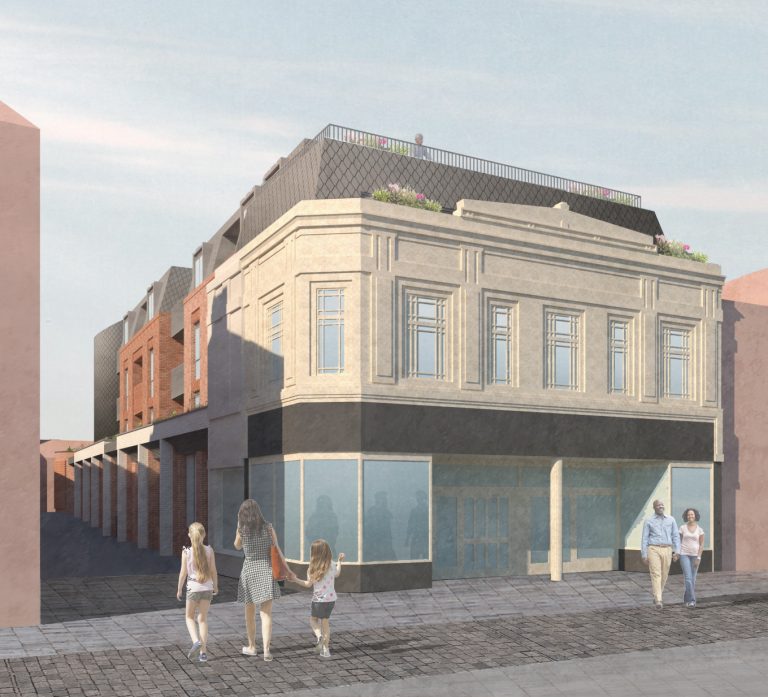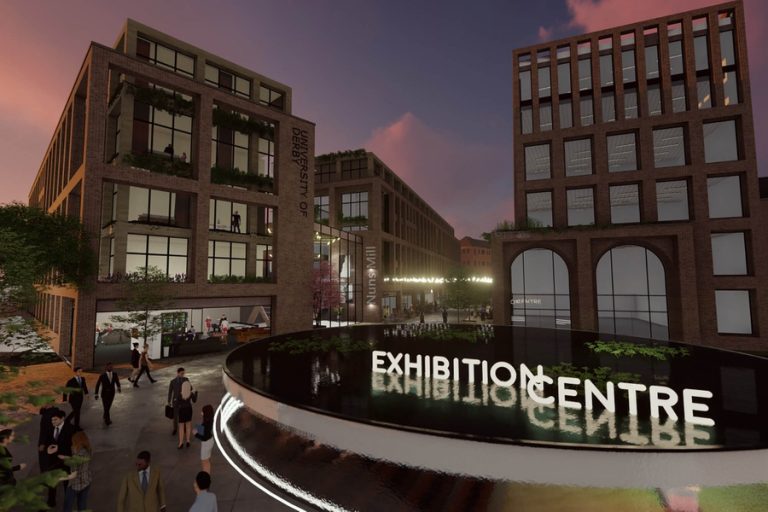Fiona Duncan-Steer, founder of RSViP Business Networking Agency, discusses how humans and businesses can futureproof themselves.
Recently I had the pleasure of facilitating a series of webinars for the psychology department of a university I work closely with and in amongst the array of knowledgeable and inspiring speakers was a very articulate gentleman whose job title was ‘Futurist’, specialising in helping organisations manage their future and ‘navigate the new normal’- a genius business service that is more prevalent now than ever.
We explored the topic of ‘Humans Verses Machines’, covering everything from technology in the workplace to AI and everything in-between. Alongside this talk, and many others delivered by psychologists within various specialisms from forensic, to cognitive, to occupational to clinical, I noticed a stand-out key theme within their messages and that was – ‘be more human’.
What do I mean when I say, ‘be more human’?
Well, it’s exactly as it sounds, given that the hybrid world we now live in is slowly being taken over by automation and technology, some might say that we as humans are in danger of becoming extinct – well not exactly extinct, but certainly replaceable, so the obvious would be for us as humans to somehow ensure that we are irreplaceable right?
So, how do we ensure that? How do we futureproof ourselves?
The question one might ask is, what jobs are currently out there, or what business products or services can be created that we as humans can do but robots/machines can never do?
Reverting back to the presentations from the psychologists, my scribbled down notes throughout pointed to words such as ‘critical thinking’ – no amount of technology could ever replace a person’s ability to ‘reason’, ‘reflect’ and ‘experience’ – not to mention ‘creative thinking’, ‘idea generation’, ‘innovation’ itself, all of which cannot be pre-programed.
So, the answer seems simple, we must continue to draw upon our key human skills such as empathy, support, compassion, and resilience to ensure that whatever we do in our careers or businesses we offer that personal, human service of support. An almost integrated holistic way of working, which can of course still be combined with strategy, innovation and strong leadership skills – these are after all the USPs we as humans possess and have the potential to develop.
We have all learned to adapt and navigate change in our own ways these past few years, but it doesn’t stop here, we live in a world of supply and demand. When a gap in the market appears, someone, somewhere will fill it. When a new market trend goes viral, new businesses launch from it – look at how many jobs have been created from the arrival of the digital space, such as SEO experts, social media managers and the ‘influencer’ concept in more recent years as an example. ‘LinkedIn experts’ offering to assist in your digital marketing and more recently since events and education has transferred to screen, we have now seen an influx of ‘hybrid event management’ companies or ‘podcast management services’ ready to assist in offering you even more exposure via every possible platform. We have all become so accessible, so digitised and as such so much more exposed and vulnerable – which has led sadly to an increase in mental health issues.
As a result of this, we have seen an increase in mental health support services, such as holistic therapies, counselling support-based groups and the launch of retreats offering everything from yoga to fitness to meditation and as such an increase in these kinds of businesses being launched in the mainstream and guess what? We aren’t interested in booking a 1-2-1 session with a robot when we need support, empathy or compassion because quite frankly we know the only way we are going to get what we need is by seeking out someone who is…more human.
As Futurist Matt O’Neill says: “We need to get better at being human.”
Fiona Duncan-Steer, www.fionaduncansteer.com / www.rsvipnetwork.co.uk












